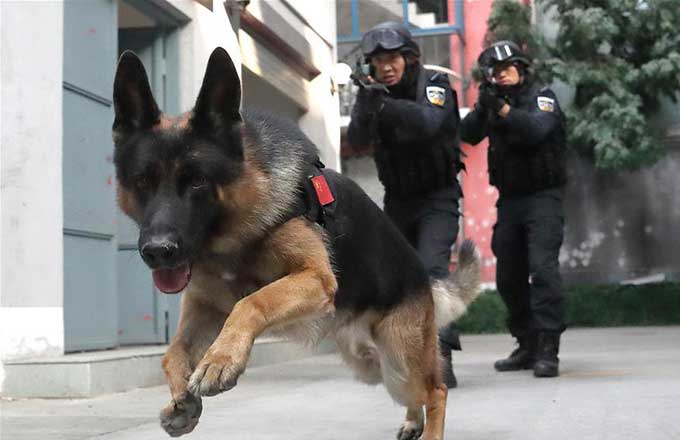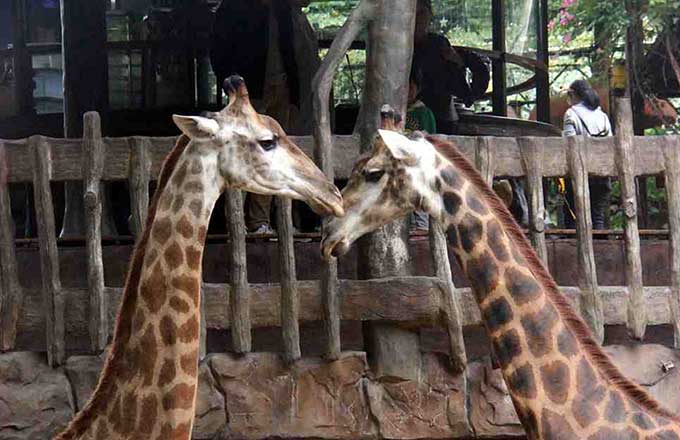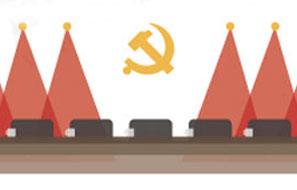Quantum satellite taking on futuristic challenges
Throwing coins from an airplane and getting them to fall into the narrow slot of a moving piggy bank may sound impossible, but this, in essence, is what is being done with China's Quantum Science Satellite.
On Aug 16, China launched the world's first quantum satellite. Named after the ancient Chinese philosopher and scientist Micius, the satellite's launch was regarded as a big step in building a space-based quantum communication network that would be virtually uncrackable.
"After the launch, the rocket launching staff set off fireworks to celebrate their success. Yet it was just the beginning for us," said Peng Chengzhi, chief engineer of science applications and assistant chief engineer of the satellite system.
Quantum physics is the study of matter and energy at subatomic levels, where the laws of traditional physics do not always apply.

Micius is designed to relay quantum "keys" made up of photons, or light particles, arranged in a specific way. The quantum physics used in Micius makes it impossible to hack encrypted keys without that being detected.
Any hacking would destroy a key made up of entangled, or paired, photons.
Other areas in which the satellite should provide for more experimental opportunities include long-distance communication using photons and quantum teleportation, or the theoretical transmission of tiny bits of information in an exact state.
Links between the satellite and its five ground stations have been established to enable testing and experimentation in these areas, the Chinese Academy of Sciences announced on Wednesday.
"Imagine that we are trying to build a large space-ground integrated quantum laboratory. The successful launch in August is just the first step in placing the building blocks in position. Then comes the most important step - to connect the quantum channel that links the satellite and the ground - in which we have achieved initial success in the past two months' tests," Peng said. "Now the space-ground quantum laboratory is taking shape."
The satellite, 500 kilometers high, sends individual photons to the ground stations when it sweeps past. The difficulty of targeting the receivers equals "throwing coins in succession from 10,000 meters above the ground into a rotating piggy bank", said Wang Jianyu, the quantum satellite project's executive deputy head. "Unlike other scientific satellites, Micius brings us more challenges because it is not just about sending signals from space, it also requires ground-space interaction."
For example, the satellite has to send two entangled photons at exactly the same time to two ground stations and ensure they are received by the stations, located more than 1,000 kilometers apart.
Pan Jianwei, academician at the Chinese Academy of Sciences and chief scientist for the satellite project, said: "When we proposed the quantum satellite, some of our international counterparts suggested we simplify the satellite's tasks. They said that if we managed to succeed in relaying quantum keys from space, it would already be an amazing accomplishment. But I think we are capable of taking on tougher challenges".
Besides being the world's first to achieve quantum communication using a satellite and Earth, Pan plans far more.
"The experiments on Micius will give answers to a whole lot of questions. But there is more to be solved before we can create a practical quantum satellite network," he said.
"There will definitely be more scientific quantum satellites launched within the 13th Five-Year Plan (2016-20), aimed at solving problems Micius cannot solve."
|
Pan Jianwei, chief scientist of China's quantum satellite project, explains how the Micius satellite connects with ground stations at a news conference on Wednesday.Zou Hong / China Daily |
- Is it a thing? 10 odd jobs where you can make good money
- Message on a bottle: Mineral water company launches drive to find missing children
- Sun Yat-sen champion of national integrity, unity: Xi
- Four killed, two injured after house collapses in C China
- Cross-Straits forum held to commemorate Sun Yat-sen






















